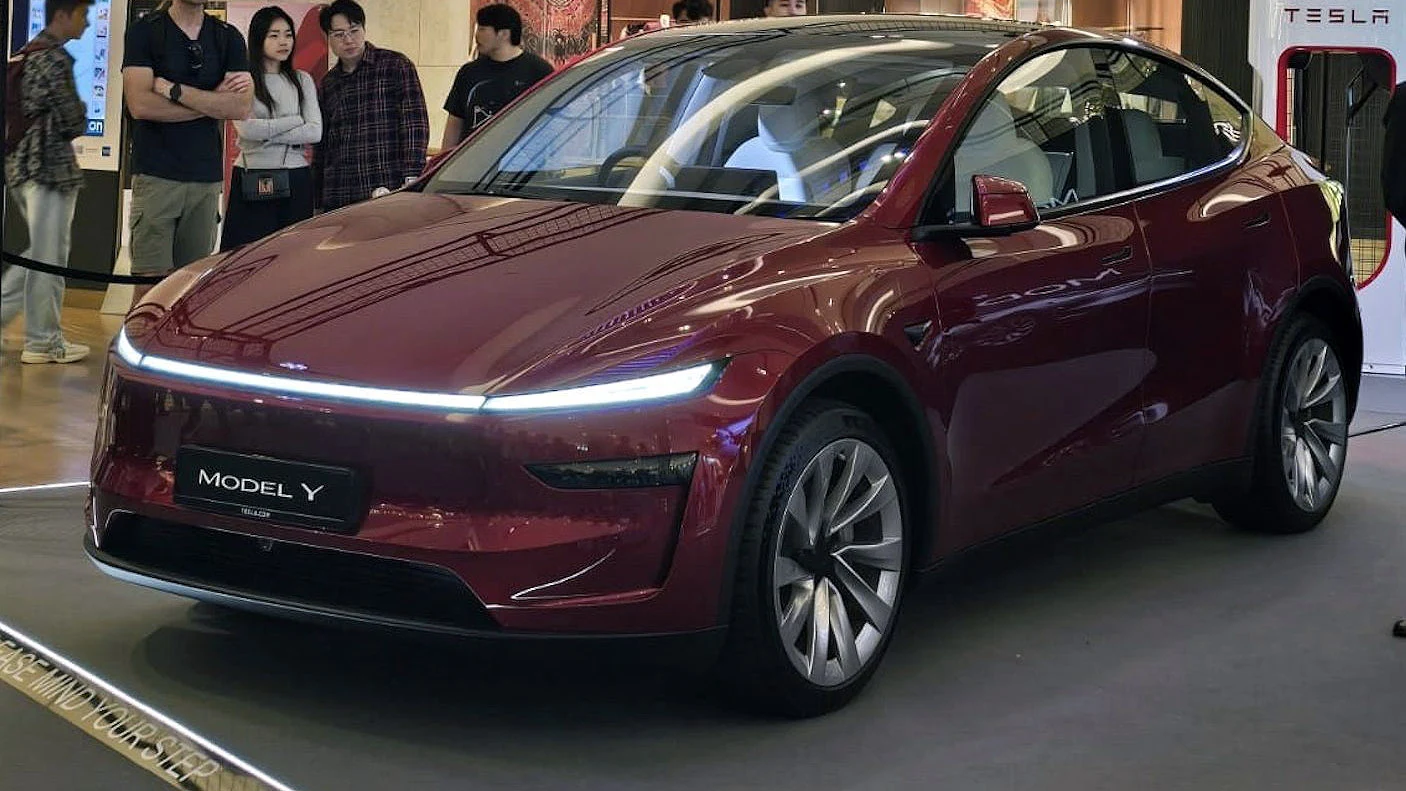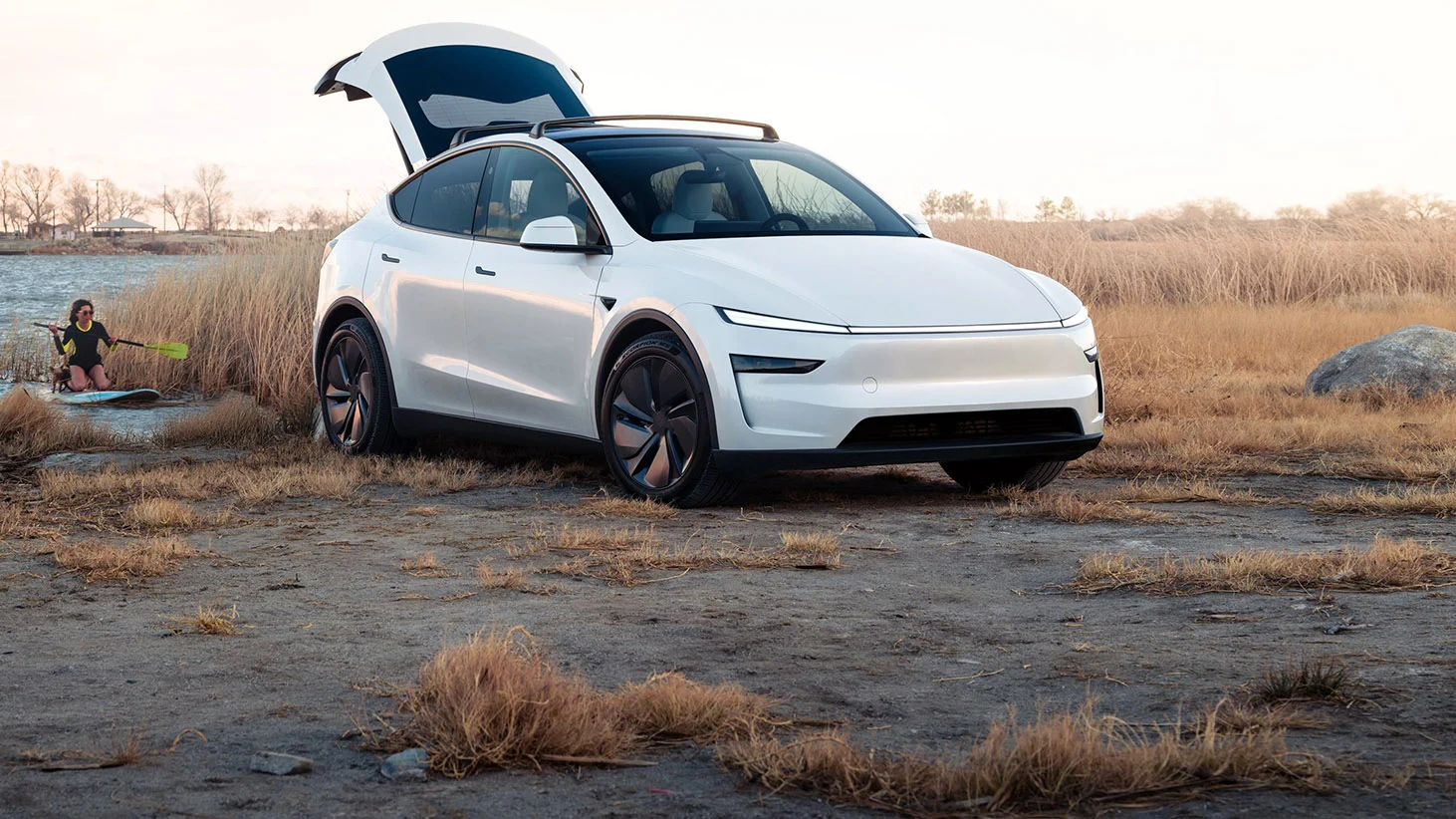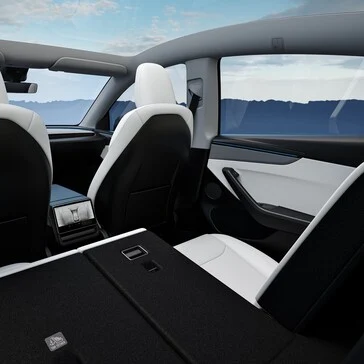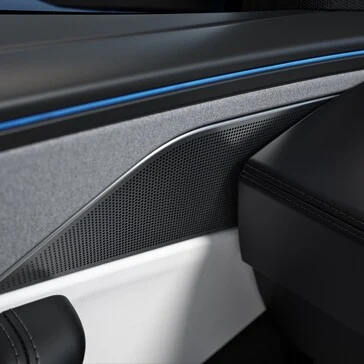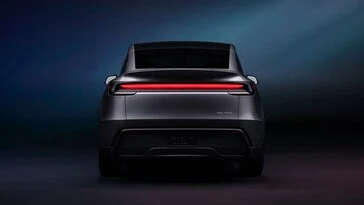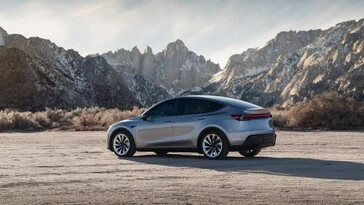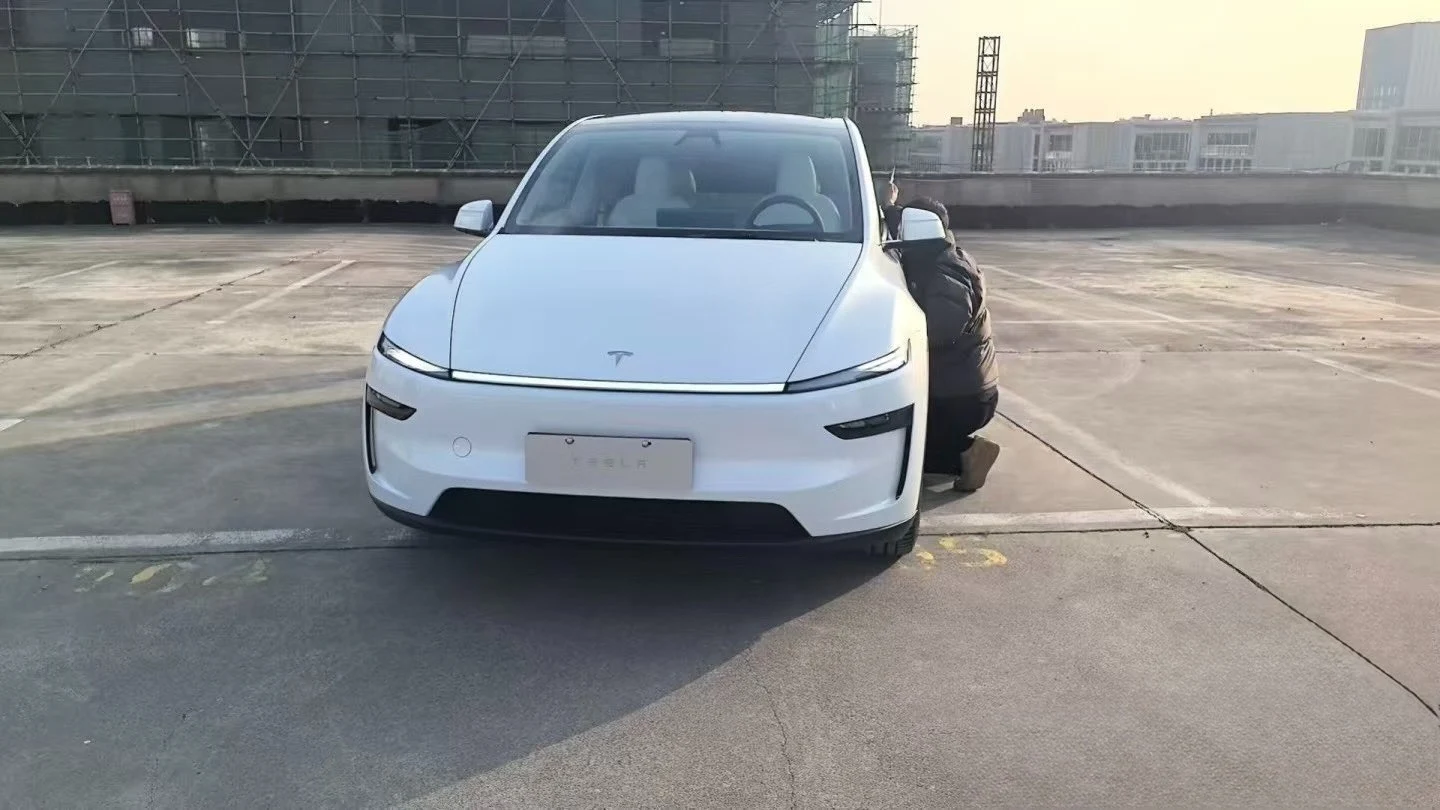Tesla recently confirmed the much-anticipated announcement regarding the new 2025 Model Y facelift’s pricing and availability in the US market, aligning with recent speculation.
Pricing and Features
The Model Y Juniper facelift is set at a price of $59,990 prior to any tax credit deductions. This version is offered as an AWD trim, which includes Full Self-Driving (FSD) valued at $8,000, a Mobile Charger worth $275, premium interior materials, and special Launch Series badging and lighting throughout. Whether this added cost of $12,000 over the previous Long Range trim—which Tesla will still sell—will be justified is yet to be determined based on the initial video reviews for the 2025 Model Y that have emerged.
Enhanced Comfort and Design
The reviews for the Juniper model highlight a significant boost in ride comfort, thanks to the enhanced suspension system and new vented seating, along with an impressive 16-speaker audio setup. The seating has been slightly elongated for better comfort, and Tesla has motorized the rear split bench, allowing it to recline or fold down with a simple button press to maximize cargo space.
Attention to Detail
At first glance, the 2025 Model Y may seem merely a design refresh with its modern light bars, ambient lighting, and concealed speakers. However, reviewers of the Juniper refresh note that Tesla has meticulously focused on subtle details, transforming the vehicle into something that feels entirely new. For instance, the front seats adjust forward when the rear bench folds to optimize cargo space for headrests, before sliding back to restore front passenger space after the adjustment is done.
Upgrades and Features
Sawyer Merritt, a well-known figure who ordered the 2025 Model Y trim, has compiled an extensive list of the new features from various reviewer and buyer guides, illustrating the significant upgrades incorporated into the new Model Y. Although Tesla hasn’t made changes to the battery or charging speeds for the 2025 model, the long list of new features in the Juniper refresh is likely to maintain strong interest in their best-selling vehicle throughout the year.
Source:
Link

